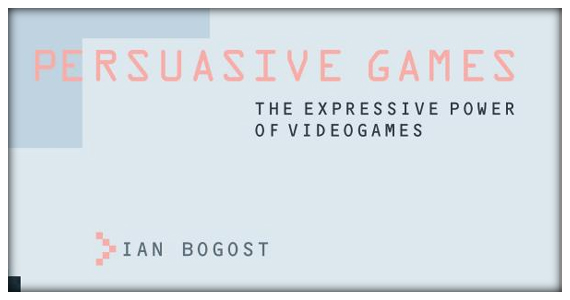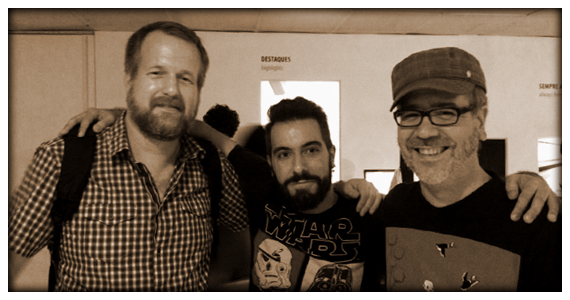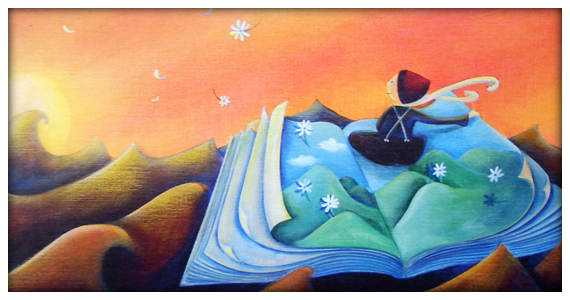I would like to write a special tribute to
Dungeons & Dragons Role-Playing Game in my blog's 100th post.
D&D was my first truly immersive experience in a non-digital game. I think my first contact with this RPG happened in 1989 (I was 10 years old) and it was an entrance door to the world of many other role-playing games.

Dungeons & Dragons is a very special game. As the D&D Rules Cyclopedia (1991, p.5) describes
“Role-playing games are interactive. One player (the Dungeon Master) provides the narrative and some of the dialogue, but the other players, instead of sitting and envisioning what’s going on, actually participate. Each player controls the actions of a character in the story, decides on his actions, supplies his character’s dialogue, and makes decisions based on the character’s personality and his current game options.
The Dungeons & Dragons game is a fantasy role-playing game. This means that it’s set in a world where men and women can wield powerful magic, where monsters like dragons thrive, and where heroes like Sinbad, Hercules, and Lancelot abound”.
D&D evolved and had many versions in different platforms like card games, video games, board games and a lot of books. Until today the game is a success and congregates a lot of fans.
The way I see it,
Dungeons & Dragons has two essential components of immersion described by Roger Caillois in his book “
Man, Play and Games” (1961): we are talking about the
mimicry (the theatre, the role-playing, the interpretation of a character) and the
alea (the rolling of the dice, the luck, the chance).
The magic literally occurs with a good narrative, the role of a character and the unexpected rolls of the polyhedral dice. The mix of these elements results in one of the most famous games in the world. It's a very rich game without doubt.
I believe RPG must be studied more broadly in the academic field. RPG can be an excellent tool for research and education.
What do you think about that?
Well, and to finish this post: long live to the Gaming Conceptz! Go gamers!
Reference:
ALLSTON, Aaron & others. Dungeons & Dragons:
Rules Cyclopedia. USA: TSR Inc, 1991.
CAILLOIS, Roger.
Man, Play and Games. USA: Illinois University, 2001.






